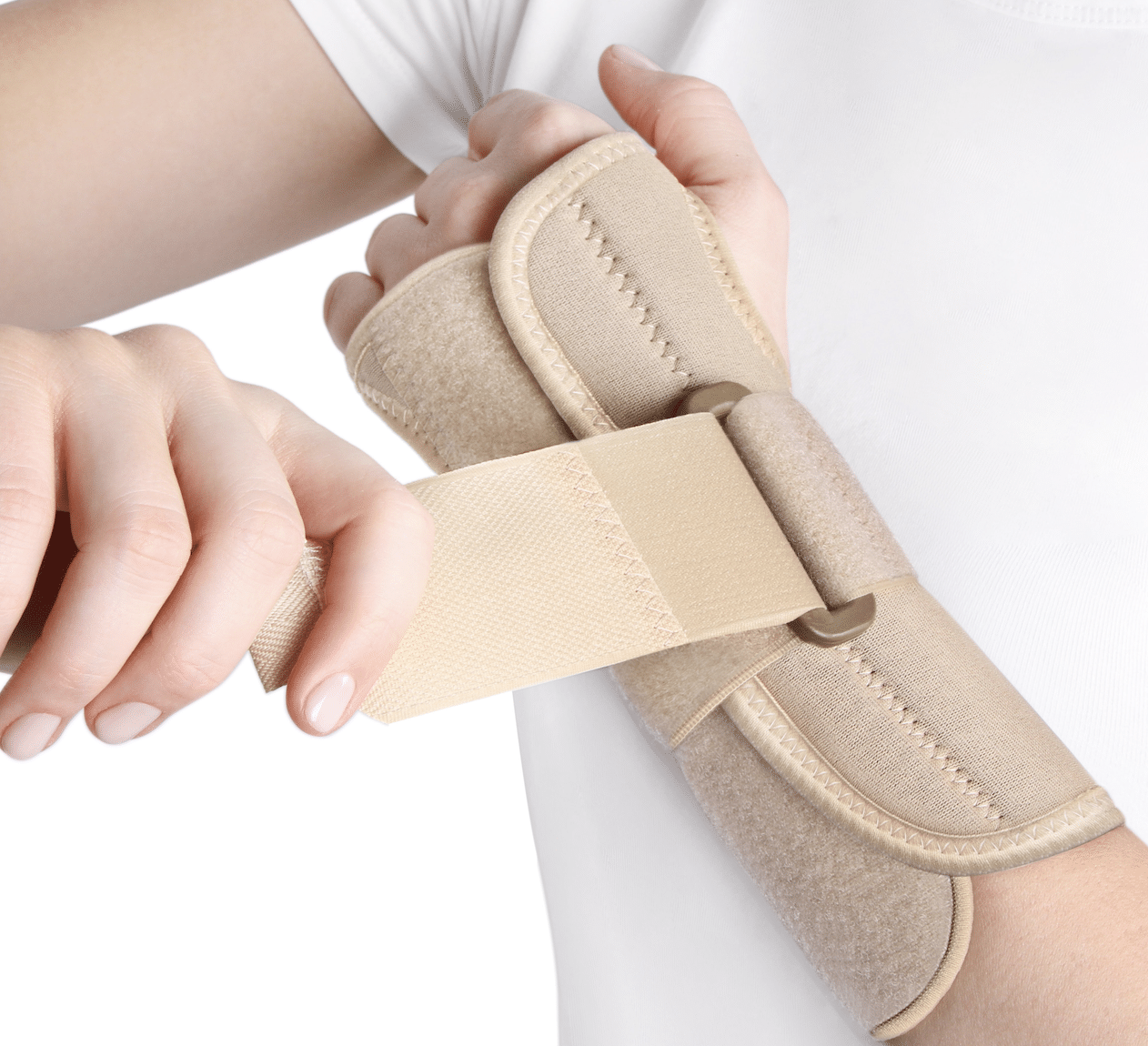
Is Wearing a Brace Bad For You?
Whether you have recently had an injury to your lower back, knee, or ankle or you are a weekend warrior that puts a brace on to allow you to participate in a weekend sport or activity, a brace can help you function better and help you get back on your path to a full recovery. If you need to wear a brace, you should also be working to strengthen the area you currently need to have supported. A brace should be a temporary solution, not the long-term fix to your injury or problem area. If you are not working to improve the injured area, you are creating a bigger problem that will cause more issues down the road.
Oftentimes, if you are able to reduce inflammation, muscle spasms, and pain the path to recovery is much quicker. Braces can help in creating an optimal environment for healing. Bracing has a significant benefit in supporting an injured area, causing reduced muscle spasms, thereby reducing inflammation and pain. Let’s dive into the do’s and don’ts about self-treating with a brace.
What kinds of injuries can I self-treat with a brace?
Injuries you could consider wearing a brace could include: lower back pain, ankle sprains, knee sprains, knee arthritis, tennis elbow, carpal tunnel syndrome, and wrist/hand injuries. Braces help support injured areas to allow for an optimal healing environment by reducing stress in the involved area. Some athletes wear braces to prevent a potential injury, such as knee braces in football lineman, athletes following ACL knee surgery, and volleyball and basketball players to prevent ankle injuries.
How long can I wear a brace before seeking professional treatment? Is the amount of time different for different injuries/parts of the body?
The intent of wearing a brace is to provide temporary support and protection to a vulnerable joint or area of the body. It can take 1-2 weeks to reduce inflammation from an acute injury. It takes 6-8 weeks of daily exercise to strengthen muscles. So, it is reasonable to wear a brace for several weeks (~4-8 weeks) to help support a joint initially and prepare the body to reduce the dependency of a brace to support previously injured ligaments, muscles, and joints. However, any time you are wearing a brace you should be engaging in an exercise program, either in physical therapy or at home. The amount of time you wear a brace should be reduced over a period of several weeks as the area heals and gets stronger, and you should be consulting with your physical therapist before self-treating.
Initially you should work to eliminate wearing the brace during lower level activities (walking or around the house) and only wearing with activities with higher demands on the involved joint (exercise or sports). With a continued exercise program you will progress to not needing the brace for higher level activities as well. Typically, the amount of time you wear a brace will be a little longer after a significant injury, due to the inflammation and weakening that takes place following an injury. The location of the injury doesn’t necessarily change the amount of time you should wear a brace. The body will respond most favorably when you have continued specific exercises to prepare for reducing the need for a brace. If a home exercise program is not successful in eliminating inflammation and pain a consultation with a physical therapist is highly recommended.
What are the warning signs of wearing a brace for too long?
Wearing a brace too long can be counterproductive. If a brace is worn too long, that can cause muscle weakening (atrophy) and de-conditioning of the surrounding ligaments, joints, and muscles; especially if daily exercises to strengthen the area are not done. Warning signs of wearing a brace too long, after 5-8 weeks, include: increased feeling of weakness or stability when taking the brace off, a reduction in the functional level of a joint, increased pain in the joint without the brace, and an increased dependency on the brace for daily activities.
When should you consider wearing a brace?
The quicker you can reduce inflammation, muscle spasms, and pain the path to recovery will be shorter. That being said, in order to optimize your recovery from an injury, you need to use braces correctly and not use any brace on a long-term basis or as a long-term solution. Many people wear braces to prevent injuries. You may need to wear an ankle or knee brace for the rest of a sports season after an injury, but steps should be taken to become less dependent on a brace for sports when the season is over.
After an injury, joints and soft tissue structures can be injured causing protective muscle spasms; like a whiplash neck injury after a car accident. With acute inflammation, a feedback loop of pain can occur which causes muscle spasms, increased tension, and increasing pain. A brace can help support an injured area enough to unload inflamed areas to reduce pain and spasms. A brace can also help support an anatomical area that is not very strong and needs additional support due to underlying muscle weakness or poor coordination. My patients have had success wearing a brace for 1-3 weeks to allow for the initial inflammatory period to calm down. While they are wearing the brace, physical therapy is crucial to help promote an optimal healing environment in the injured tissues.
Post-surgery, a brace will help support and stabilize a joint temporarily over a period of several weeks. The support will help promote a healing environment and reduce the load on the muscles surrounding the surgical area. Initially rest is helpful coupled with gradual increases in range of motion of the surgically repaired area. Post-surgical and athletic braces should be discontinued once the individual is able to perform the functional movements necessary without external support.
When does wearing a brace become bad for you?
Wearing a brace is very beneficial if it is 1) worn correctly and it is 2) worn temporarily over a period of several weeks or less, and 3) if you engage in a physical therapy or exercise program simultaneously to strengthen the areas you are protecting with the brace.
Wearing a brace is not beneficial and potentially harmful to you if you 1) rely too heavily on the brace for support, 2) continue to move with poor body mechanics, 3) continue to have weakness in the areas supported by the brace, and 4) do not engage in an exercise program to allow you to wean off the use of the brace.
In conclusion, wearing a brace can be beneficial and help accelerate your recovery from an injury by protecting injured joints and soft tissue during the acute inflammatory phase of an injury. But, in order to effectively use a brace you must engage in an exercise program to improve the strength and coordination of the injured area. Wearing a brace too long will prove to have a negative impact on your function and quality of life.
If you have continued pain and dysfunction, physical therapy will be a reasonable next step to consider in getting you back doing the things you want to do in life. Give us a call to schedule: 703.709.1116 or chat with one of our experts at VSI Physical Therapy.
Topics covered
About the Author
Featured Resources
Insights to Achieve a Pain-Free Life



